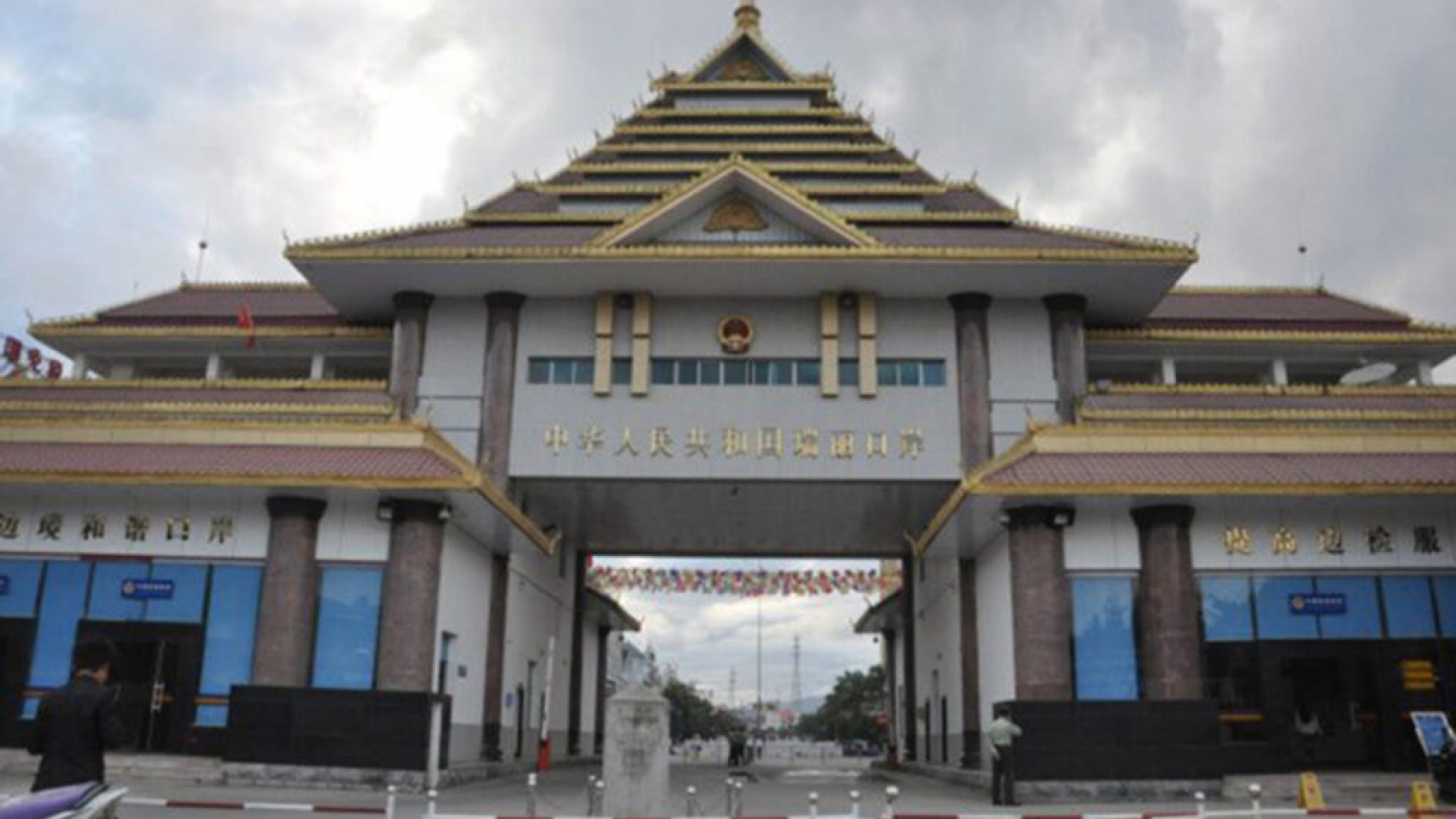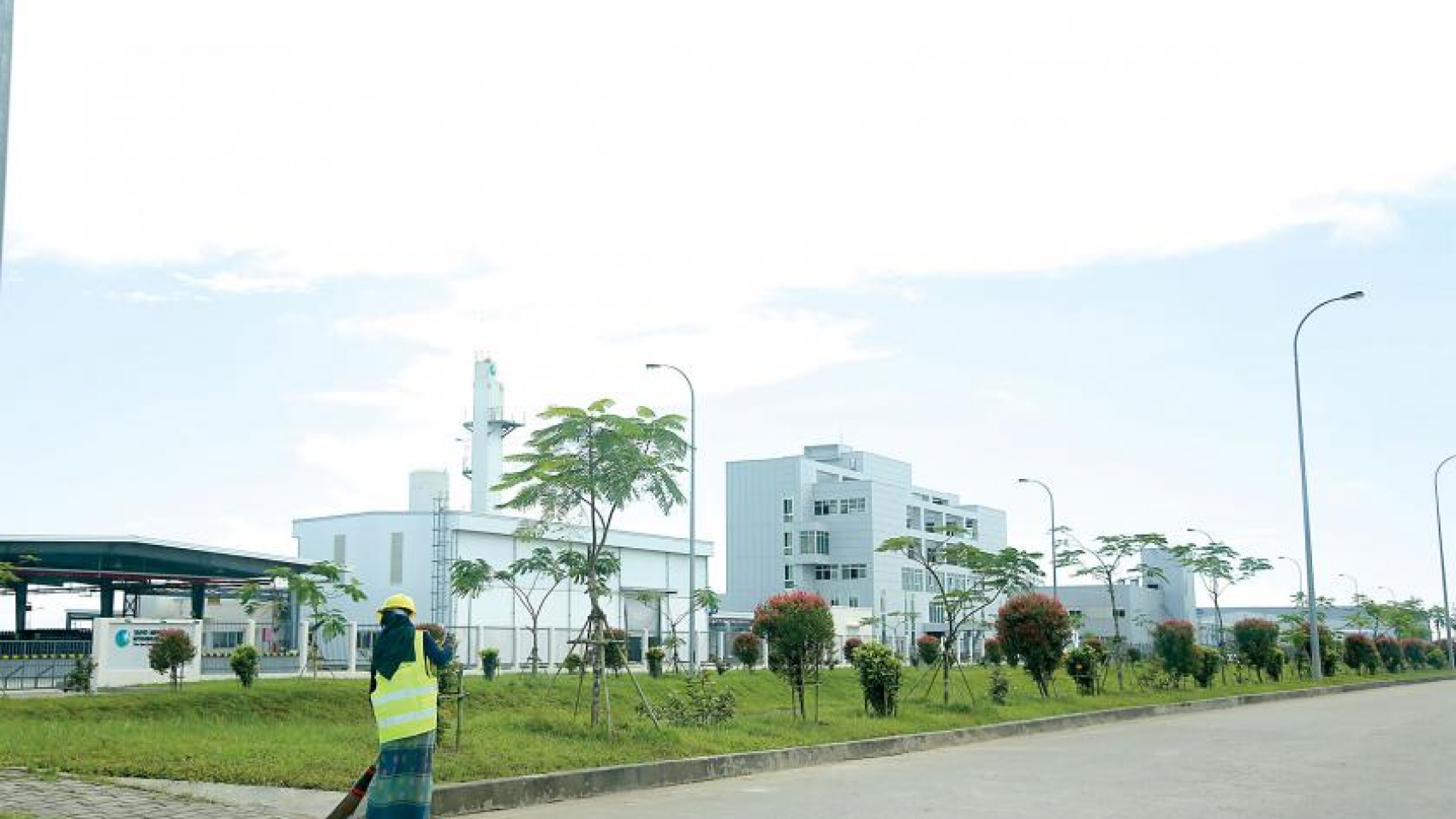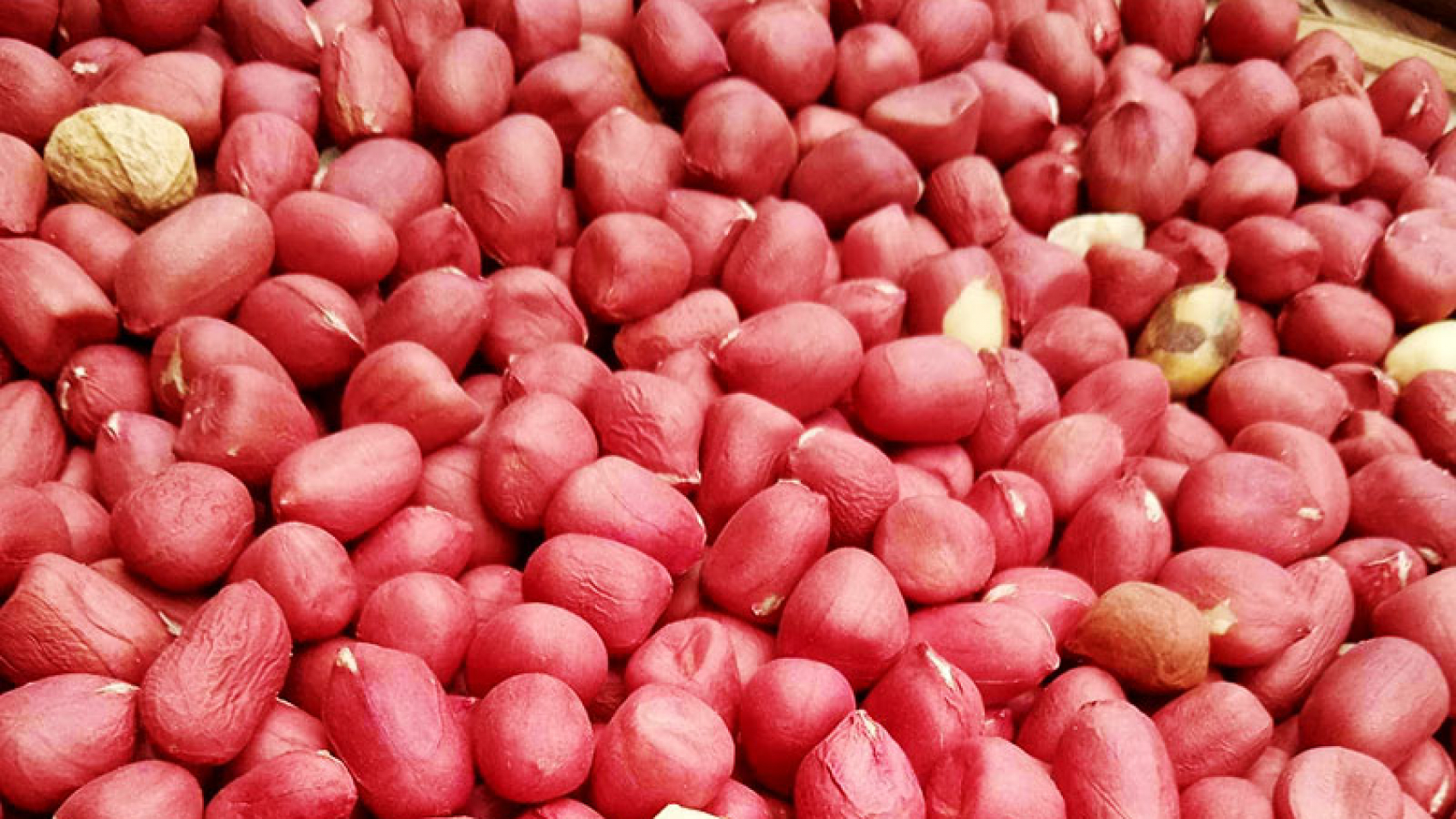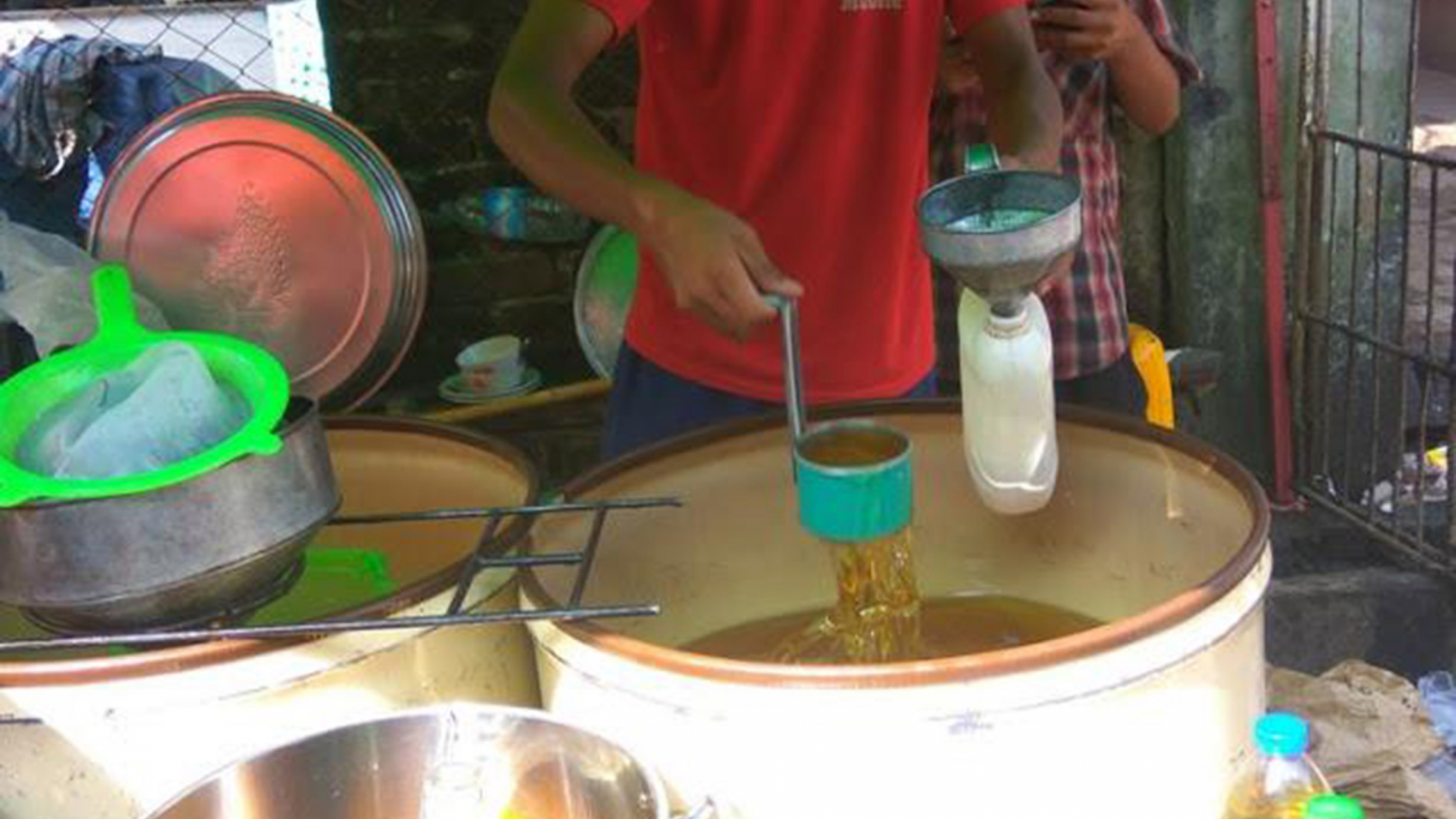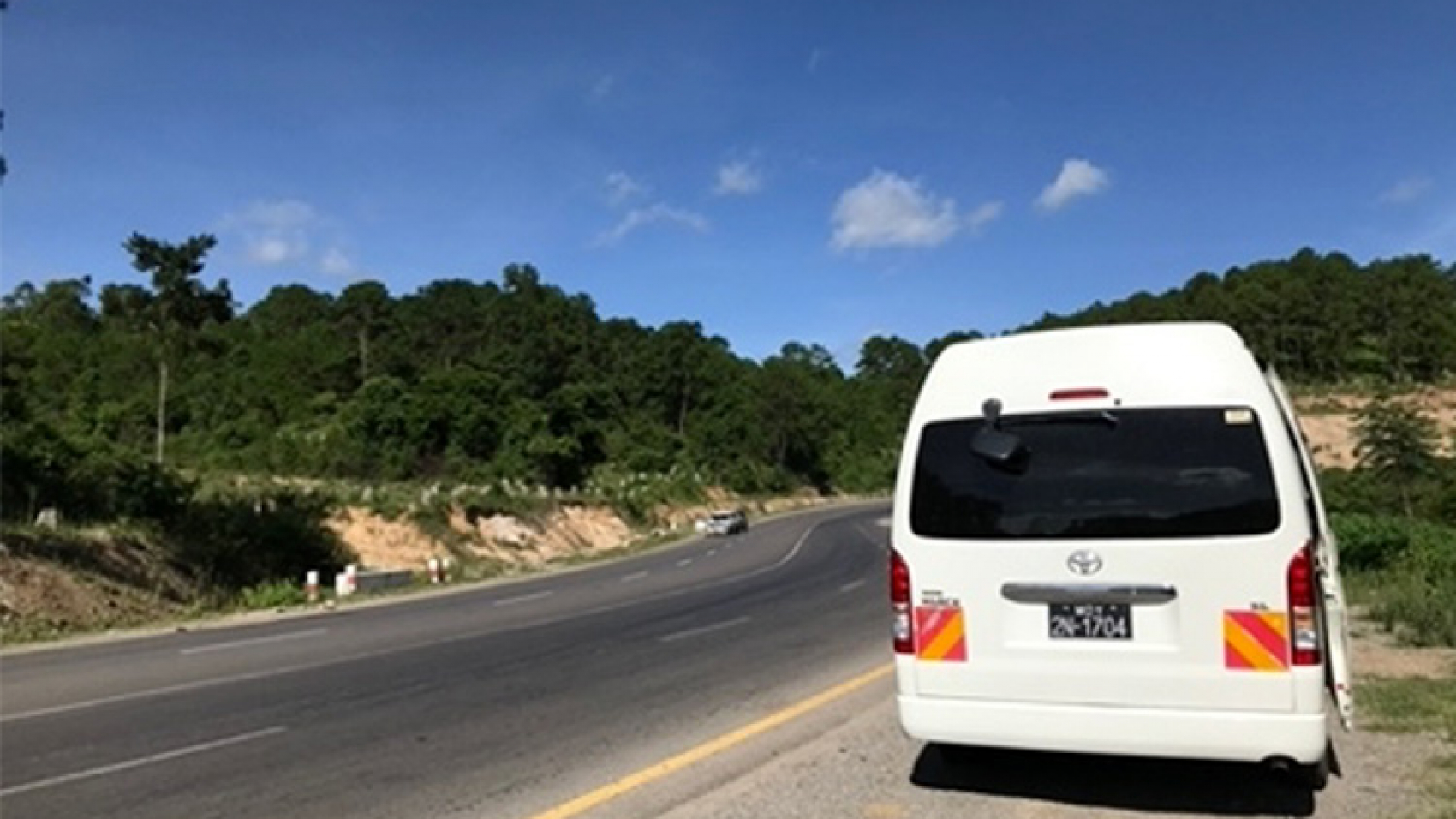Traders said that the trading activities have been closed since 26 August due to the detection of the Covid-19 infection at the Wang Ding crossing in Kyinsankyawt on the China-Myanmar border. “Covid-19 infection has been found at Wang Ding. Trading activities have been closed temporarily,” a Mandalay-based rice trader said on his social media page. Wang Ding is the only trading post on the Muse border that has the right to trade between China and Myanmar.
A merchant said that due to the detection of Covid-19 infection in Wang Ding, China-Myanmar border, Ward (1) was placed under lockdown and the Shweli-Wang Ding Bridge was also temporarily closed. As for the trucks that have arrived in Wang Ding, they are going through the border post regularly and will be medically checked on 27 and 28 August 2022. If no more infections are found, the Shweli-Wang Ding Bridge will be reopened, traders said.
China will suspend the entry and exit of trucks through the Wang Ding checkpoint, highway checkpoint, Jiangqiao checkpoint and Heishanmen checkpoint starting from 26 August over the discovery of the virus in the country, according to a businessman in the border area. China has closed the Muse border trade since 2020 because of the Covid-19 disease and only reopened the Wang Ding trade this year. According to the Ministry of Commerce’s statistics, China-Myanmar trade worth more than US$1 billion can be traded through the Wang Ding border. The Wang Ding route, which is currently closed by China, is used for trade and is the place where the alternative driver system is used. It is the main export route for Myanmar’s agricultural produce.
Source: The Global New Light of Myanmar

